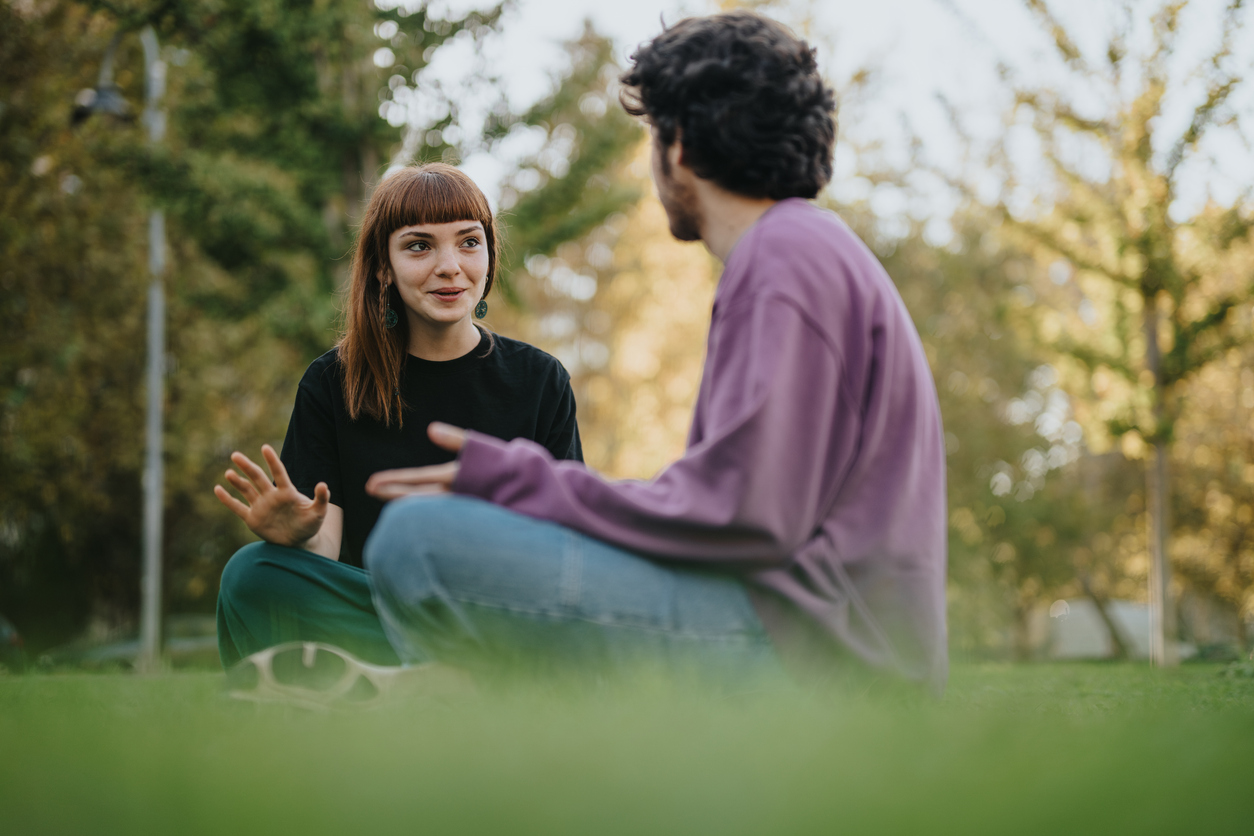October 17, 2025
Practicing Coaching in Everyday Conversations

Obviously, we should not be “coaching” people without a mandate. That would not be ethical. However, no-one can prevent us from asking good questions. What if every conversation in our day were a chance to practice coaching and to be helpful to our friends, not to perform coaching, but to live the stance it represents?
The Micro-Moments That Shape Us
In our daily lives, we are constantly invited into moments that mirror the coaching encounter: a friend sighing about a difficult boss, a partner sharing a dream, a colleague hesitating over a decision. Each of these is an opening to practice curiosity, presence, and co-creation.
When someone says, “I don’t know what to do,” it’s tempting to jump in with solutions or examples from our own lives. Coaching practice begins in that tiny pause where we choose to stay with the other person’s world rather than inserting our own.
Instead of offering advice, we can respond with curiosity:
“What have you already tried?” or inquire about what the person wants instead. These small shifts change the texture of the conversation. They transform ordinary talk into a shared inquiry.
Listening as an Act of Practice
Listening is easy to romanticize and hard to live. In daily conversation, we often listen for what we can relate to, for our turn to speak, or for evidence that supports our view. A coaching mindset listens differently.
Try this as a practice: next time someone speaks, listen as if their language is constructing a world in front of you. What possibilities become visible as they speak? What realities are strengthened, and which are left unspoken?
A colleague says, “This project is impossible.” You could treat that as information, or as an invitation to explore or to empathize. We can accept that for our colleague, it currently looks “impossible” and at the same time listen for desired changes and possibilities.
When we listen this way, we practice more than empathy; we practice shaping language and thereby reality together.
Everyday Curiosity
In formal coaching sessions, we prepare, set agreements, and structure time. Daily conversations are more fluid.
At the coffee machine, in a meeting, or on the phone with a friend, we can experiment with small, curious questions that open space rather than close it:
• “What do you hope will happen?”
• “That sounds important, what’s important to you about that?”
These are not “techniques” to be slipped into casual talk, but reminders the stance of not-knowing, of trusting that meaning will emerge between us. The more we practice curiosity in low-stakes settings, the more natural it becomes when we are in coaching sessions.
Reflecting on Language
One of the simplest daily practices is to notice language. When we hear ourselves say, “I have to,” “I can’t,” “They always,” or “It’s just how it is,” we can pause and play with alternatives:
• “I choose to…”
• “I haven’t yet found a way to…”
• “They often…”
• “For now, it seems that…”
Each re-wording opens a slightly different world. This is social constructionism in action: noticing how our phrasing constructs possibilities and constraints.
Practicing Presence
We can also practice coaching through how we are in conversation. Notice your body, your breath, your attention. Are you rushing ahead, rehearsing your response, checking your phone? Presence isn’t only for the coaching room. It’s a daily rehearsal in slowing down enough to meet the other person where they are.
Bringing Coaching into the World
When we practice coaching in ordinary life, we blur the boundary between “professional” and “personal.” We begin to see that the same dialogic qualities that make coaching transformative are equally vital in teams, families, and communities.
A coaching stance in everyday talk can de-escalate conflict, invite reflection, and strengthen relationships. It is not about using coaching language to manipulate or “coach” people without consent. It’s about allowing the sensibility of coaching, the art of making space for the other, to inform how we live in dialogue.
Practicing Without Performance
Practice doesn’t have to mean perfection or constant awareness. It’s more like learning a musical instrument: the more we play, the more the moves become part of us. Some days we will listen beautifully; other days we will interrupt or fix. Both are practice.
After each conversation, you might ask yourself:
• What did I notice about my listening?
• When did I stay curious, and when did I close down?
• What new meaning, if any, emerged between us?
These reflections help integrate coaching as a lived practice rather than a professional technique.
The Everyday Laboratory
Every conversation is a small laboratory for exploring how language, attention, and curiosity create reality. The more we bring a coaching presence into our daily exchanges, the more fluent we become in co-creating meaning and the less we need to “switch on” our coaching self when we meet a client.
If you want to practice with us, why not join one of our free meetups and exchanges?
What’s a Rich Text element?
The rich text element allows you to create and format headings, paragraphs, blockquotes, images, and video all in one place instead of having to add and format them individually. Just double-click and easily create content.
Static and dynamic content editing
A rich text element can be used with static or dynamic content. For static content, just drop it into any page and begin editing. For dynamic content, add a rich text field to any collection and then connect a rich text element to that field in the settings panel. Voila!
-













